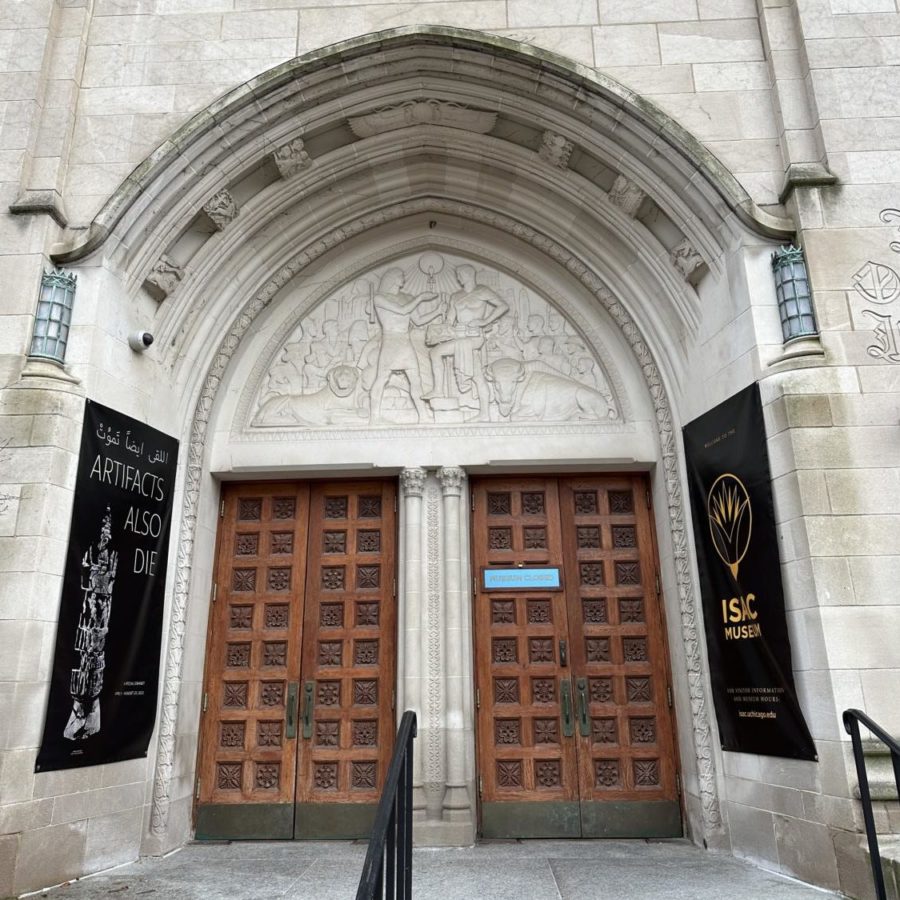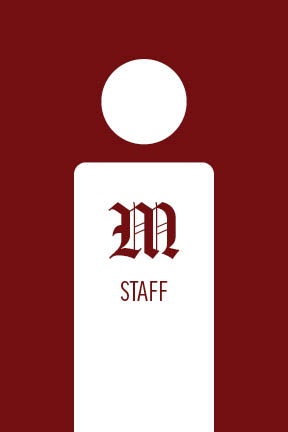With first week drawing to an end, most students have finalized their spring quarter schedules and are back to work on readings, problems sets, and response papers. But for one group of students—those hoping to fulfill their Dramatic, Musical, and Visual Arts requirement this quarter—a final course schedule is likely to be a luxury they don’t yet have.
Stymied by the difficulty of registering for classes that meet the Arts requirement or the often lengthy process that accompanies pink-slipping into those classes, these students are left in limbo, uncertain if they should buy books and start reading and writing for arts classes in which they aren’t yet registered. Fortunately, there’s a straightforward remedy for their situation: The Art History, Music, and Theater and Performance Studies (TAPS) departments should add a handful of high-capacity, theory-based lecture classes that both meet the Arts requirement and are easy to get spots in.
The difficulty of registering for classes that meet the Arts requirement stems from the limited number of these classes, plus the limited number of seats in each class: Most are capped under twenty students per section, and some allow as few as twelve. Because demand is high and spots are at a premium, students know to make these classes their top picks during course registration, which reduces their chances of getting into other popular classes. And since ranking Arts classes first or second is still no guarantee of a spot, getting into an Arts class during course registration often requires ranking those classes highly two or three quarters in a row.
Pink–slipping into a section is an option for those who want to fulfill their Arts requirement right away, but that is a gamble as well. To pink slip into the Art History department’s Core classes, for example, students have to submit a request form to the Department Coordinator, attend the first sessions of the class they want, and then wait until the end of first week for a final decision on their request. In the meantime, students are forced to forego classes that meet at the same time as the Art History class they want, and they have to juggle assignments from five or six classes until they know for certain which classes they’ll drop and which they’ll keep.
If the Art History, Music, and TAPS departments each added one large lecture class a quarter that met the Art requirement, that would go far towards meeting the excess demand that exists now. Students who registered for those lectures could be confident about getting spots, and students who found themselves with gaps in their schedules during shopping period could readily pink slip in. As with any other Core requirement, students could easily take their Arts requirement classes in whichever quarter they choose, and they would no longer have to repeatedly use their top picks in course registration to get Arts classes. And as with many popular course offerings, including some Core requirements, Arts lectures could be supplemented by discussion sections in order to maintain the character of smaller classes.
The Arts requirement provides a meaningful complement to the Core’s other pieces, but it is only one requirement among many that students must meet, and it shouldn’t be a logistical nightmare just to register for the classes. Creating a few large lectures each quarter that fulfill the Arts requirement would be a modest change that would make life easier for many students on campus.
— The Maroon Editorial Board consists of the Editor-in-Chief and Viewpoints Editors.








